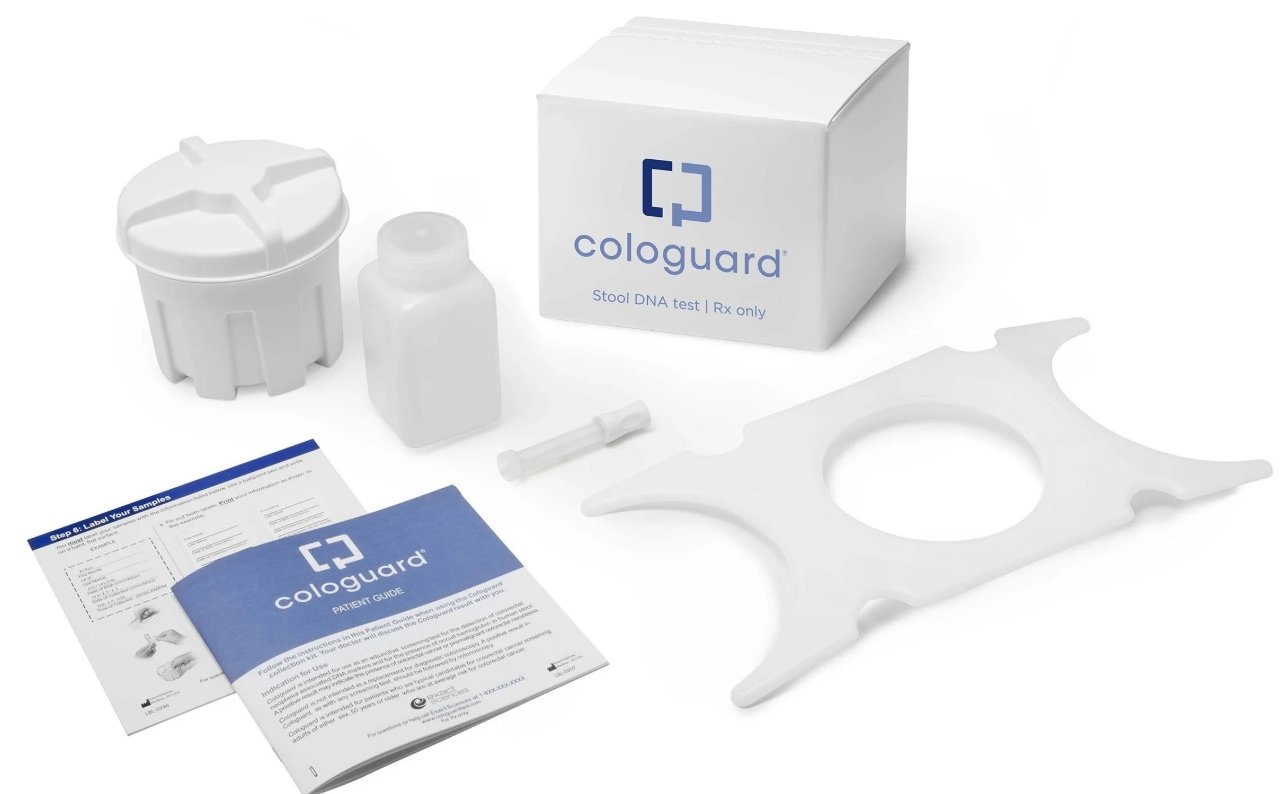
Mr Abhijit Ghosh
Singapore: Consumers have a habit of reshaping industries at inconvenient and unexpected times. Their expectations and demands may initially appear irrational, or impossible. But over time, a new pattern of serving customers begins to evolve from a series of uncoordinated movement.
Today, the retail, banking, and travel industries are in step with their customers, making their moves based on a real-time understanding of consumer behaviour. Rapid feedback and a focus on the customer has become the norm for these two industries.
The next generation of consumers is likely to reshape the pharmaceutical industry much in the same way as they have transformed other industry sectors. Customers want their preferences and behaviours understood and acted upon. As consumers take on more risk and responsibility of their healthcare, they will migrate from being a passive recipient to a joint participant in drug purchase and usage decisions.
Other players such as health technology companies are not standing idle. They offer products and services that engage the patient in disease management, influence healthy behaviour, improve convenience, and provide better health information.
Drug makers and their retail counterparts must find new ways to create meaningful experiences and relationships with the ultimate stakeholder.
Pharmaceutical and life sciences companies have long tried to segment and target their customers. However traditional efforts may not be enough to help them understand the next-generation consumer. Whether stretching beyond the bounds of segmentation and demographics or increasing the focus on behavioural insights, the industry must find a way to tap into its customers' nuanced lives to offer an enhanced personalized experience.
Patients managing multiple chronic diseases don't take a single drug in isolation. Drug makers can get a better understanding of their consumers by collecting feedback on how patients' experiences measure against the specific outcomes they hope to achieve, and by understanding the influence of social networks along the way.
And while marketers are accustomed to analyzing by brand, companies can maximize a customer's 'lifetime value' by pressure testing consumer profiles across multiple therapeutic areas and product lines to deliver a unified customer experience. While only a handful of companies have a portfolio extensive enough to cover several conditions, those who do not should consider partnering with others that offer complementary products.
A customer-centered business model requires collaboration that breaks down organizational walls. For example, encouraging R&D to work with product launch teams to engage the patient early on may spur fresh ideas for patient education and communication.
Patients are anxious for answers to the questions that most meaningful to them. When beginning a drug therapy, they want to know, "Will I have to take off work for this?" and "What side effects will impact me the most?" In the absence of better information, they turn to friends, family, and wider social networks to compare experiences. It's common for millennials to text a photo of a sudden skin condition to a friend before a physician. These networks are increasingly powerful and are quickly becoming more common. Regulations make it difficult to host or participate in these networks, but pharma companies should find ways to work in tandem with regulators to educate and clarify the value they can bring to patients.
Creating a community in which patients feel comfortable expressing ideas about the information they receive and the support they need over time is important, especially as disease states change. Frequent and robust conversations with patients and their caregivers throughout the patient journey helps companies generate the right evidence.
Besides physicians, pharmacists are the other health professionals who have direct, personal contact with consumers. In the past, the level of interaction between a pharmacist and patient was limited to brief discussions about the dispensed medication. Because of this, drug manufacturers targeted pharmacists with product messaging and education, resulting in a lackluster business impact.
Changes in the marketplace are prompting an increased focus on coordination of care among patients, physicians, and pharmacists. As the pharmacist's role expands and more retail pharmacies become full-service health centers, pharmacists have greater opportunity to enhance the customer experience and influence behaviour by integrating care.
As pharmacies offer more care and services, they are becoming a good place to alert patients of clinical trials, disease support networks, and technology tools that can help patients better manage their conditions. Drug makers should rethink the quality and robustness of their pharmacist relationships, especially where retail clinics and pharmacy consulting services are available.
Consumers are looking for better ways to manage their medications and associated costs, and many prefer to do it themselves. Technology that gives consumers more control over their lives, suggests healthy decisions, and avoids unnecessary medical appointments can bolster patient empowerment and improve outcomes. Apps focused on retail shopping, investing, and personal finance management already do this particularly well. Building on these industries' successes, the healthcare industry must determine how to provide patients with tools that can achieve desired results.




